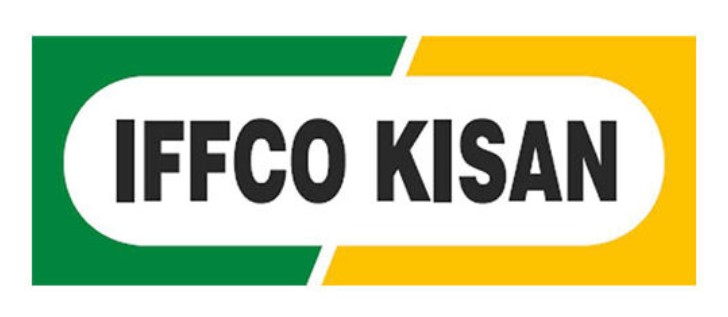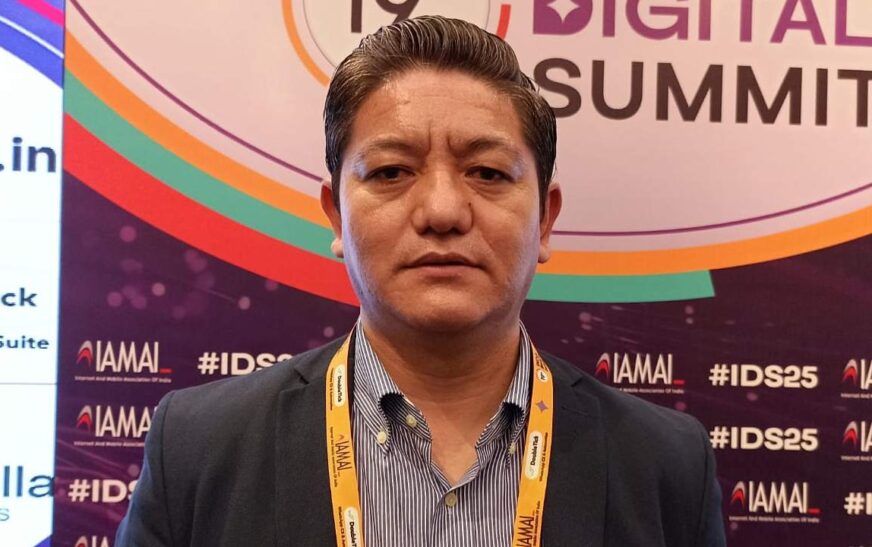IFFCO Kisan, a subsidiary of the Indian Farmers Fertilizer Cooperative Limited (IFFCO), is dedicated to empowering Indian farmers through groundbreaking agricultural solutions. It offers an extensive range of services, including digital tools, agri-inputs, crop advisory, weather forecasts, and market linkages. By harnessing cutting-edge technology, IFFCO Kisan enhances farmers’ productivity, sustainability, and profitability. The company is committed to bridging the divide between traditional farming practices and modern technology, making agriculture more efficient and accessible.
In an exclusive conversation with The Interview World, Morup Namgail, Chief Executive of Agritech at IFFCO Kisan Suvidha Limited, delves into the innovative Agritech solutions developed by his company. He shares insights on the number of farmers benefiting from these technologies and solutions. Namgail also discusses how the agricultural potential can evolve into a key driver of India’s GDP. Below are the key takeaways from his engaging conversation.
Q: Can you elaborate on the Agritech innovations developed by IFFCO Kisan and how they are empowering Indian farmers?
A: At IFFCO Kisan, we are focused on transforming the agricultural value chain, not just by developing one or two technological solutions, but by creating an entire ecosystem around agricultural technologies. We believe that real change can only occur when all stakeholders in the value chain are involved. Working in silos—whether it’s the farmer, the investor, or the buyer—will never lead to meaningful transformation. Without a clear value proposition for every participant, technology becomes a cost burden, not a catalyst for growth, which is exactly what we are seeing today.
Through extensive engagement with farmers and buyers, we’ve identified a shared interest and willingness to offer farmers incentives for producing better crops. In the traditional agricultural value chain, there is a significant gap in traceability and transparency between buyers and sellers, resulting in a broken feedback loop. This lack of clarity is one of the critical issues we’re addressing.
Our approach to agricultural value chain innovation aims to bring transparency and alignment. We work directly with buyers to understand their exact requirements, and then we design agritech solutions tailored to meet those needs. This demand-driven model shifts the focus from a production-driven system, where farmers simply produce and hope for a market, to a system where we actively engage with the market, define the requirements, and then customize the entire technology stack to support the farmers. This approach mitigates the transparency issues and ensures that farmers are producing exactly what the market needs.
A crucial component of this model is ensuring that we offer a 100% buy-back guarantee for the farmers’ produce. This guarantees that the farmers’ crops, which meet higher quality standards, will be purchased at competitive market prices, providing more business for them. This concept was missing in the conventional value chain, and it is a game-changer for farmers.
By enhancing transparency, we’re enabling buyers to not only pay for the quantity of the produce but also for its quality. This means farmers are compensated not just for the weight of their crops but for the added value they bring in terms of quality—whether it’s higher sucrose content in sugarcane, better starch value in potatoes, or increased Brix value in tomatoes.
When we initially evaluated the cost of integrating technology, it seemed significant. However, we’ve realized that the added cost is minimal compared to the overall value generated within the ecosystem. The increased quality of the produce allows the technology investment to be absorbed into the value chain. More importantly, this creates enough additional revenue within the chain to provide farmers with bonus incentives.
Farmers benefit from a farm-gate procurement model that minimizes costs and integrates new practices and technologies. These improvements increase the active ingredient content in their crops, making them more valuable to buyers. As a result, buyers are happy to share the additional profits with the farmers, creating a mutually beneficial cycle.
This is the kind of innovation we’re driving—a system that empowers farmers, enhances quality, and creates sustainable value across the agricultural ecosystem.
Q: How many farmers have benefited from your technologies and solutions so far?
A: I would categorize this into three distinct groups. First, there are farmers who utilize our advisory services. These farmers generally follow good practices but may not yet be fully integrated into the entire value chain I mentioned earlier.
Second, there are farmers in transition. These individuals not only receive our advisory services but have also connected with us through IoT devices, sharing hyper-local data. This allows us to tailor technology specifically to their needs, providing them with even greater benefits.
Finally, there is a third group of farmers who are fully integrated with us, engaging in end-to-end practices. These farmers not only implement additional beneficial practices but also sell their entire produce to us. Currently, about 100,000 farmers are connected in this way. Additionally, around 80 to 90 Farmer Producer Organizations (FPOs) are in transition with us, alongside numerous buyers.
Q: How do you ensure that these technologies and solutions remain affordable for small-holding farmers?
A: In this value chain I’ve described, the value itself is absorbed throughout the system. We’re discussing around 2% to 3% of the total Gross Value Added (GVA). This money comes from the buyers, and here’s why: they are benefiting from the value created by the system. It’s a calculated risk on their part through the buyback model.
When buyers purchase enough of the product to meet a specific threshold, they quickly recoup the investment made for the season. Not only do they recover their entire investment, but they also generate additional profits. In essence, farmers are not paying for the technology; instead, they are placing their trust in the ecosystem.
Farmers now align themselves with this trust factor, embracing transparency and ensuring traceability from the farm to the end buyer. They are becoming integral members of this ecosystem.
As we continue to enhance the technology and farmers begin to generate more income, we may consider scaling the system further. In the future, should farmers experience greater earnings, they might contribute a fraction to sustain and expand the ecosystem. However, for now, we are not charging anything from the farmers.
Q: Given that agriculture is the largest employer in India, do you foresee it becoming the largest contributor to the national GDP in the future?
A: The potential is already there; the real question is how to unlock it. I firmly believe technology holds the key. Are we doing enough with technology to realize that potential? The answer is no.
There’s still much to be done. The growing disparity between buyers and sellers—something our conventional value chain perpetuates—is a key issue. We must change this narrative.
Our goal should be to introduce an alternative value chain that complements, not competes with, the existing one. By focusing on quality, we can shift away from the traditional mindset of merely enhancing productivity. This approach would lead to a complete transformation of the industry.
The opportunities I see isn’t just a 2X improvement; it’s exponential. The potential for our country, from an industrial standpoint, is immense. With a new, transparent, and traceable value chain, the possibilities are certainly within reach.









